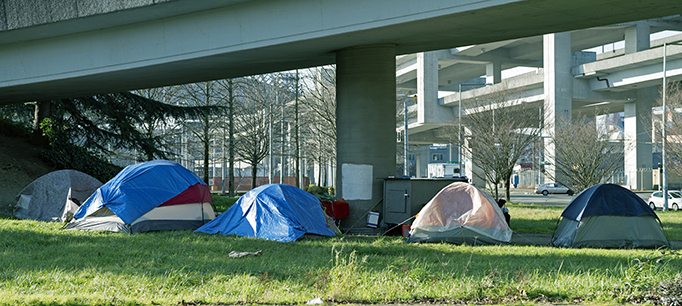Income inequality has been growing for decades and—despite the recovery from the Great Recession—remains historically high. Today, the low end of the income spectrum (the 10th percentile) in California is 19% lower than what it was in 1980, and the upper end of the spectrum (90th percentile) is 40% higher, according to our new report. As a result of these trends, the ratio of high to low incomes—a key measure of income inequality—is nearly twice the size it was three decades ago.
In Los Angeles County, high-income families have 15 times more income than low-income families.
Both income and income inequality vary substantially across California. Looking at after-tax family incomes, we find that, in 2014, the Bay Area had the highest incomes. However, the gap between high and low incomes was biggest in Los Angeles County, the Central Valley, and northern parts of the state—places where low incomes tend to be particularly low. For example, in Los Angeles County, high-income families have 15 times more income than low-income families. At the other end, the Inland Empire and Orange County have the lowest income inequality.
Why does the gap between families across the income spectrum matter? In part because low-income families may have insufficient resources to meet their basic needs. If family incomes are widely spread (inequality is high) but even families at the low end of the economic spectrum are able to attain a sufficient level of well-being (poverty is low), income inequality may not be a big problem. But that is not the case: one in five Californians live in poverty.
Inequality itself may also raise concerns for a host of social, cultural, and political reasons. One economic consequence of inequality is that the greater spread of incomes may inhibit upward mobility. Recent research finds a correlation between income inequality in a region and the upward mobility of its children. Low-income children who grew up in areas with higher income inequality have, on average, lower incomes as adults than otherwise similar children who grew up in regions with less income inequality. In this and other ways, the consequences of growing income inequality may play out over generations, highlighting the need for policies that take this long-range view into account.

Read the report Income Inequality and the Safety Net in California



